Metal parts are constantly needed to repair your machine. It is good if the model is common – you can buy them. If the car is rare, you either have to wait a long time for delivery or order manufacturing. In this case, you can buy a lathe for the garage. If you have experience, it can be used for part-time work.
Contenuto dell'articolo
What types of lathes are suitable for private use
In total, there are nine types of lathes, but not all are needed in the garage. Most often in private individuals can be seen small lathes and screwcutting machines. In addition to machining parts (grinding, drilling, milling, drilling radial holes, etc.), they perform threading of various types and taper turning. This is the kind of lathe for garage try to buy – it covers almost all the needs of car owners.
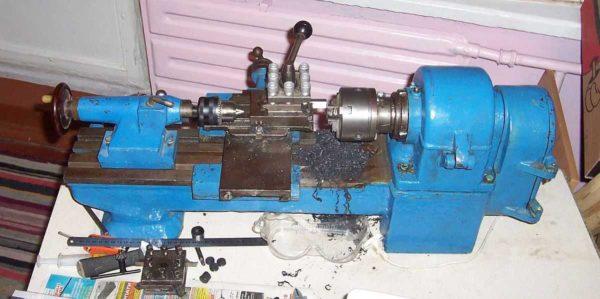
They are available in two types – desktop and with a bed (floor). Desktop – small, lightweight (up to 200 kg) machines. It is easier to find a place for them in the garage. The disadvantage – large and heavy parts on them will not be processed. Another point: due to their low weight, they are not always able to produce high machining accuracy.
Floor lathes (usually school lathes) have much more weight and dimensions. They require a separate foundation for normal operation. Installation on vibration absorbers is possible, but they are not easy to find.
The device of the lathe
In order to choose a lathe, it is desirable to know its device, purpose, functions and possible parameters of each of the parts. To begin with, let’s analyze the main nodes.
These are the main assemblies of the lathe. It makes sense to consider in detail the complex nodes, since their performance depends on the capabilities and operation of the equipment.
Bed
Most often it is two parallel massive metal beams / walls, connected by cross bars to give greater rigidity. The bed is used to move the caliper and tailstock. For this purpose, guide slides are chiseled on the bed. The tailstock moves on flat guides, caliper – on prismatic. Very rare are prismatic guides for the tailstock.
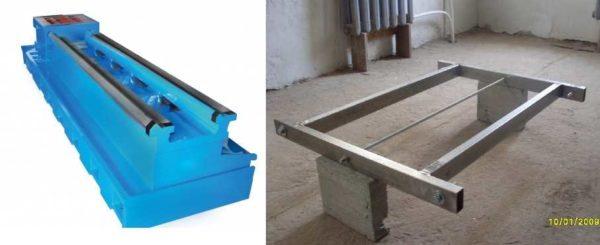
When choosing a used machine, pay attention to the condition of the skids and the smoothness of movement of parts on them.
Front (spindle) headstock
The headstock in modern lathes most often combines a workpiece holder and a spindle speed control device. There are several types of speed control – by moving the levers to a certain position, by means of a regulator.
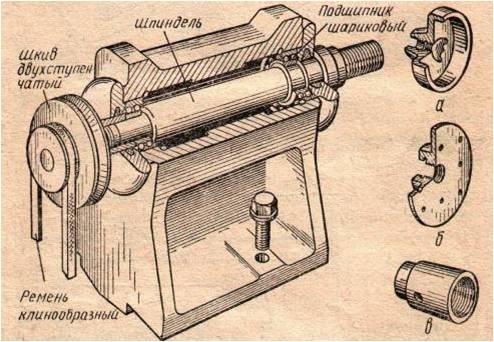
Control of the regulator with a smooth change in rotation speed is based on microprocessor control. In this case, the headstock body has a liquid crystal display that shows the current speed.
The main part of the headstock is the spindle, which on one side is connected to the pulley of the electric drive, on the other side has a thread, on which the chucks are screwed on, holding the workpiece. The accuracy of turning operations directly depends on the condition of the spindle. There should be no runout and backlash in this assembly.
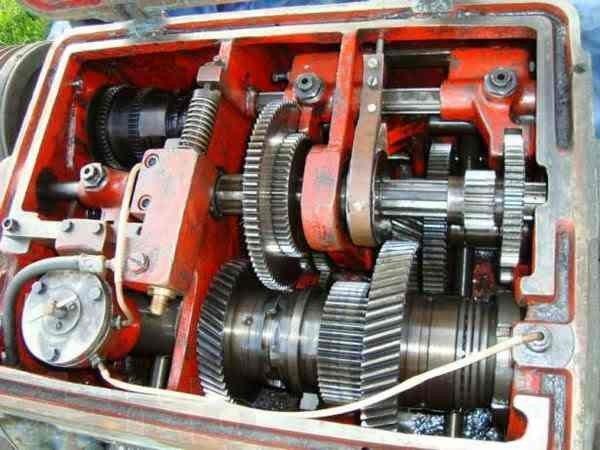
The headstock contains a system of interchangeable gears for transmitting and changing the rotation to the gearbox shaft. When you choose a lathe for the garage, pay attention to the condition of the gears and the absence of backlash of the spindle. From this depends on the accuracy of machining workpieces.
Rear headstock
The tailstock is movable – moves along the guides on the bed. It is brought to the workpiece, adjusts its position, the quill rests on the workpiece, holding it in the desired position, the position of the quill is fixed by turning the corresponding knob. After that, the tailstock position is fixed with another locking knob.
In some models, the tailstock is designed not only to support massive or long parts in a given direction, but also for their processing.
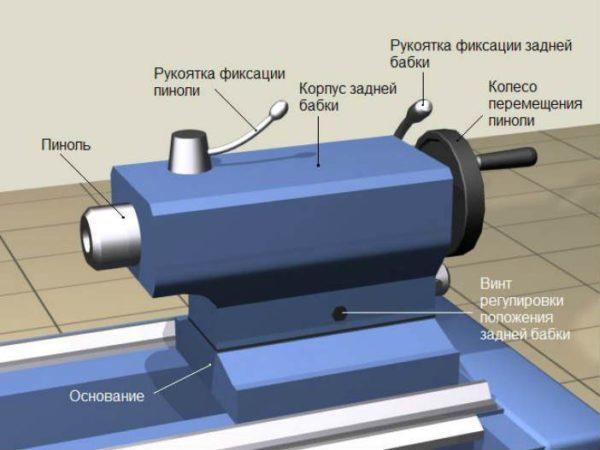
For this purpose, on the quill, depending on the operations performed, the appropriate tooling is fixed – cutters, taps, drills. The additional machine center on the tailstock can be fixed or rotating. Rotating tailstock center is made on high-speed machines, for removing large chips, grinding cones.
Slide
The slide of the lathe is a movable part on which the tools for machining parts are attached. Thanks to the special design of this unit, the cutter can move in three planes. Horizontal movement is provided by guides on the bed, longitudinal and transverse slides.
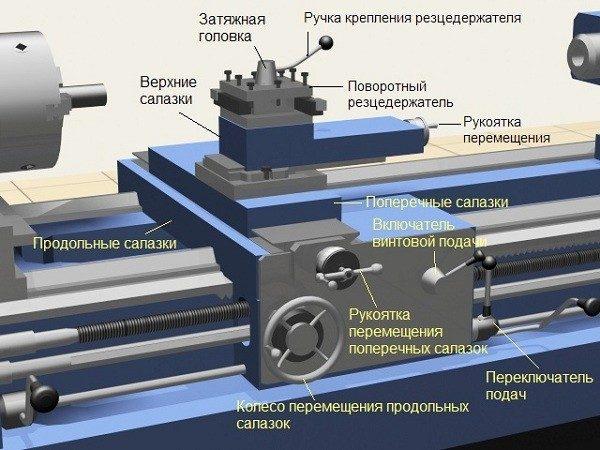
The position of the tool relative to the machine surface (and workpiece) is set by the rotary toolholder. Each of the planes has a locking device to hold it in the specified position.
The toolholder can be single or multi-position. The toolholder is most often made in the form of a cylinder with a side slit into which the cutter is inserted and secured with bolts. On uncomplicated machines, the slide has a special groove, into which the notch on the bottom of the holder is inserted. This is how the cutting tool is fixed on the machine.
Garage lathe: parameters
First of all, you determine the mass and the type of connection. Choosing the mass, you should not strive to find the lightest machine. Very light do not give stability, can vibrate when working, which will affect the accuracy of work. Yes, heavy machines are problematic to install, but installation is a one-time event, and you will have to work regularly. Therefore, weight is not the most important selection criterion.
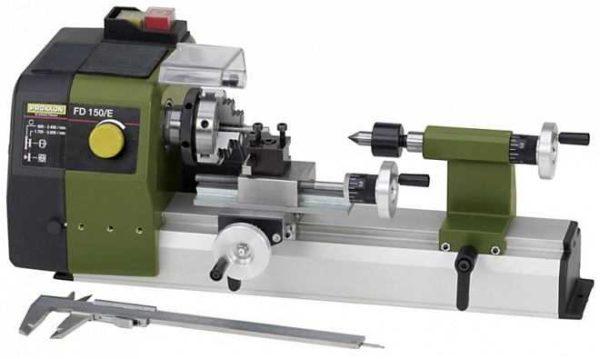
The type of connection – single-phase or three-phase – is more important. And that three-phase can be connected to 220 through special starters. From the electrical characteristics of the motor power is also important. The higher it is, the greater the speed of rotation can develop a lathe. These are general points. There are also special ones:
- The diameter of the workpiece that can be machined on the machine. This is determined by the machining diameter above the bed and above the slide.
- The length of the workpiece to be machined. Depends on the stroke.
- List of operations.
- Maximum number of revolutions.
- Method of adjustment – smooth, stepped.
- Possibility of reverse stroke.
The size of the workpieces to be machined is directly related to the size of the machine. So you have to find a reasonable compromise. Usually you do not want to clutter the garage too much, but you need to process oversized parts.
Micro and mini lathes
In order not to clutter up the garage, you can find mini or micro lathes. They are characterized by their very small size and low weight. For example, micro lathe for garage PROMA SM-250E has dimensions 540*300*270 mm and weight 35 kg. It can process workpieces with a length of 210 mm and a diameter of 140 mm. Smooth speed adjustment from 100 to 2000 rpm. For such sizes is not so bad.

Despite the small size, it can perform the following operations:
- surface turning,
- threading;
- drilling;
- countersinking;
- reaming.
It is also possible to grind parts, knurling, tool sharpening. The basic operations, as you can see, are present. The disadvantage is that on machines of this type at least any large parts are not processed.And another disadvantage specifically this model price. Costs this lathe for garage from 900$.
In the same category there are Chinese JET BD-3 and JET BD-6 (price 500-600$) and domestic KRATON MML-01 (price 900$), Enkor Korvet 401 (650$), German Optimum – from 1300$ to 6000$; Czech Proma – from 900$,
Floor options
Here the choice is not so wide, because both prices and weight are much higher. There are a few proven models that can be installed in the garage.

These are the so-called school machines – TV 4 (its improved version TV 6), TV 7 and desktop version TV 16. With a weight of 280 kg (TV 4) and 400 kg TV 7, it is desirable to have a separate foundation. If you just put it on a concrete floor, it will break it.

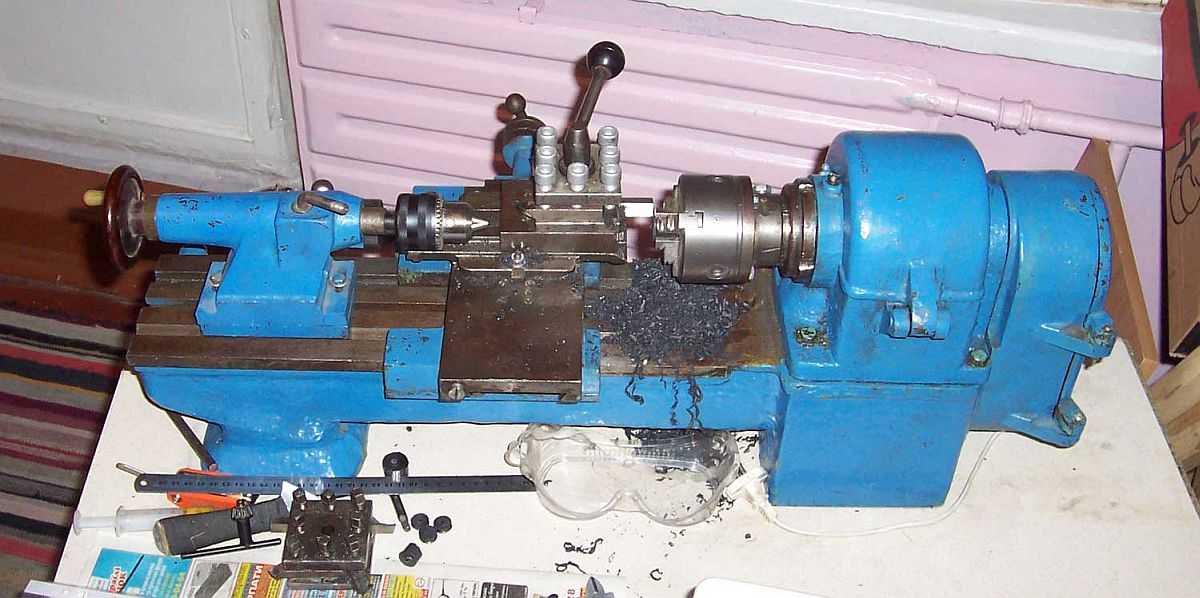
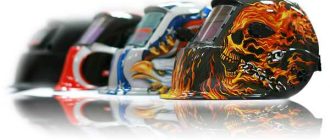
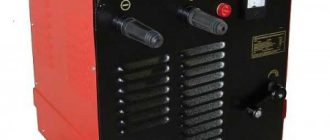

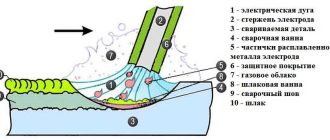
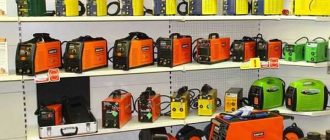
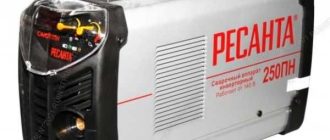
Choosing a metal lathe was a wild ride! I remember scouring online reviews and chatting with buddies who are into machining. Finally settled on one that fit my budget and space. Can’t wait to start my projects! It’s gonna be epic!